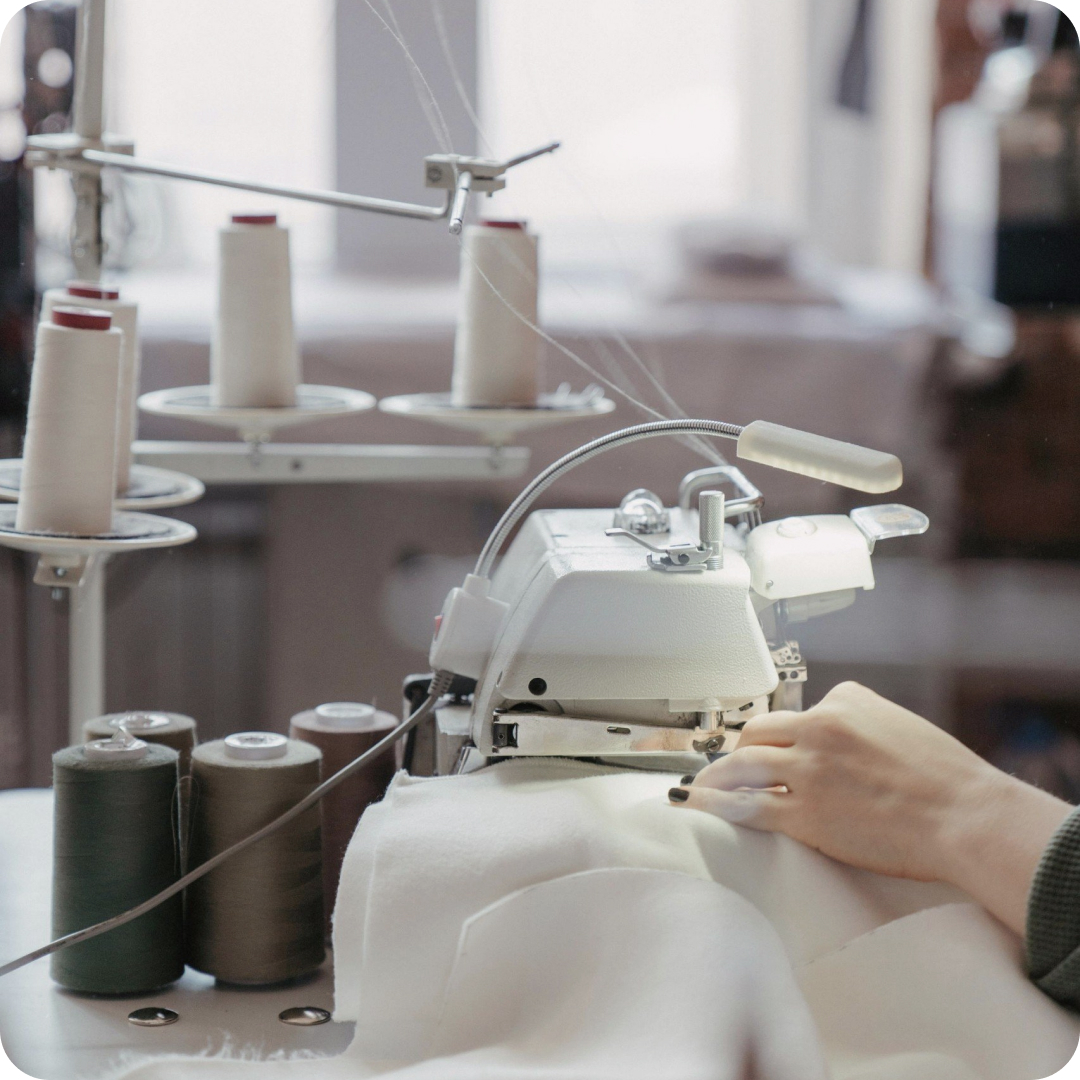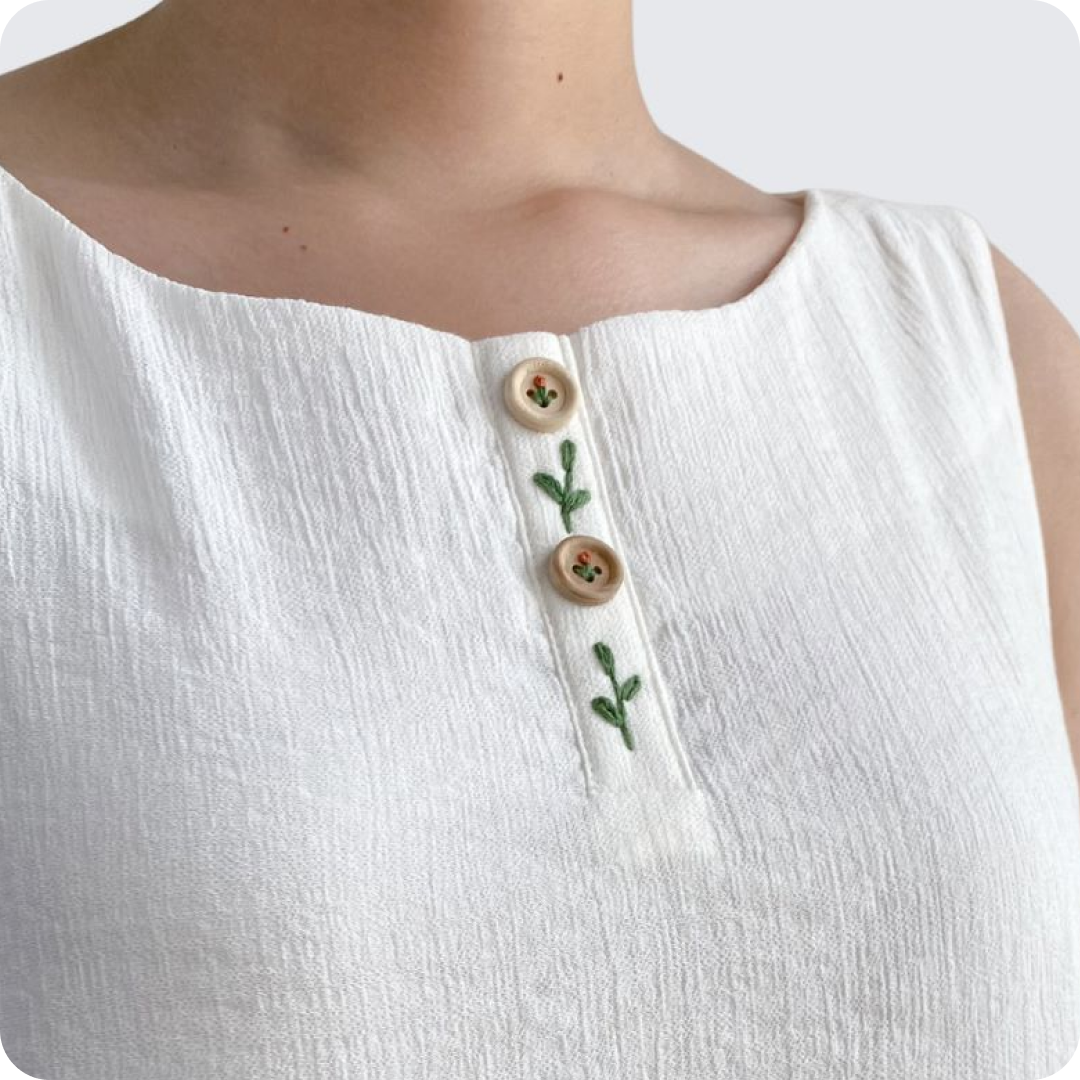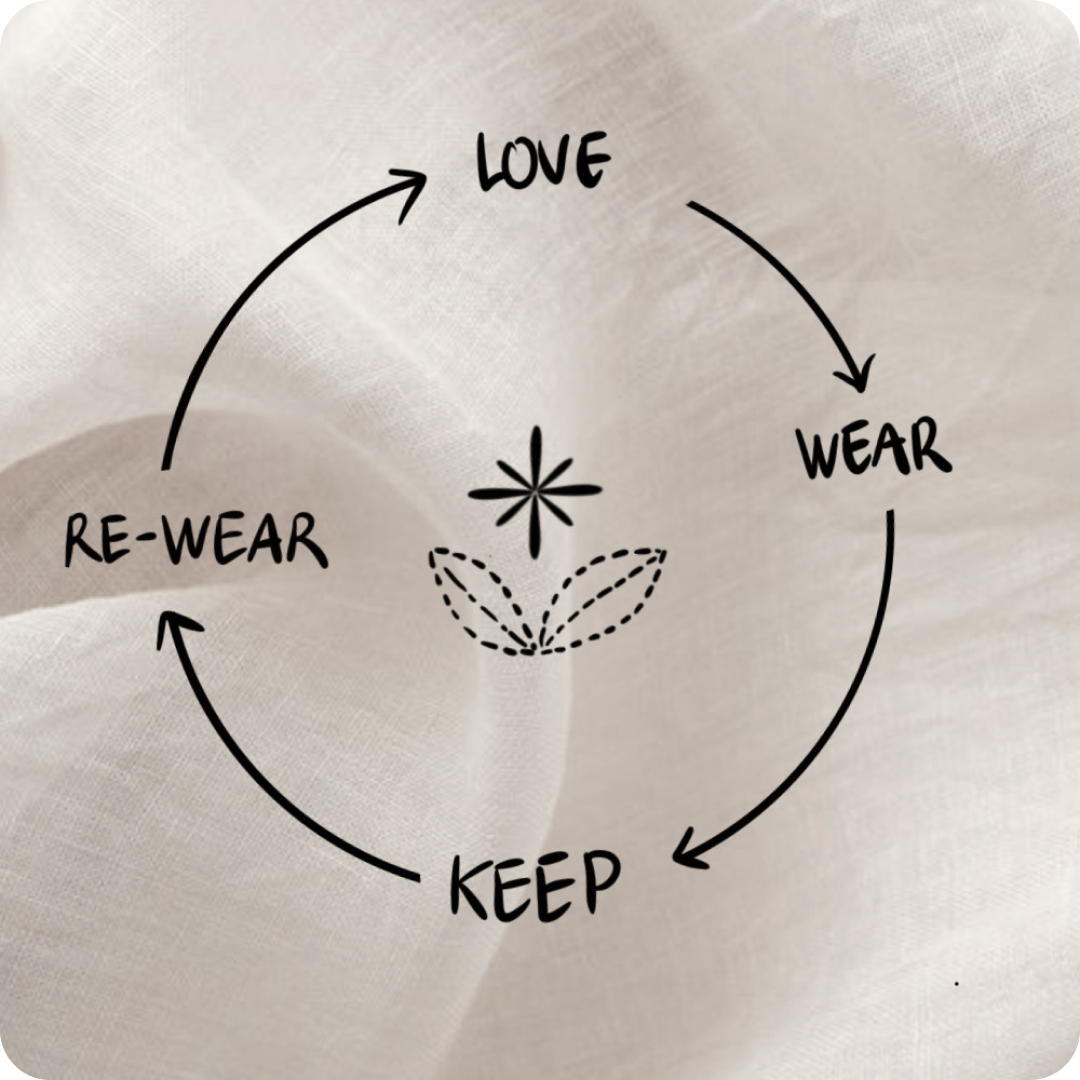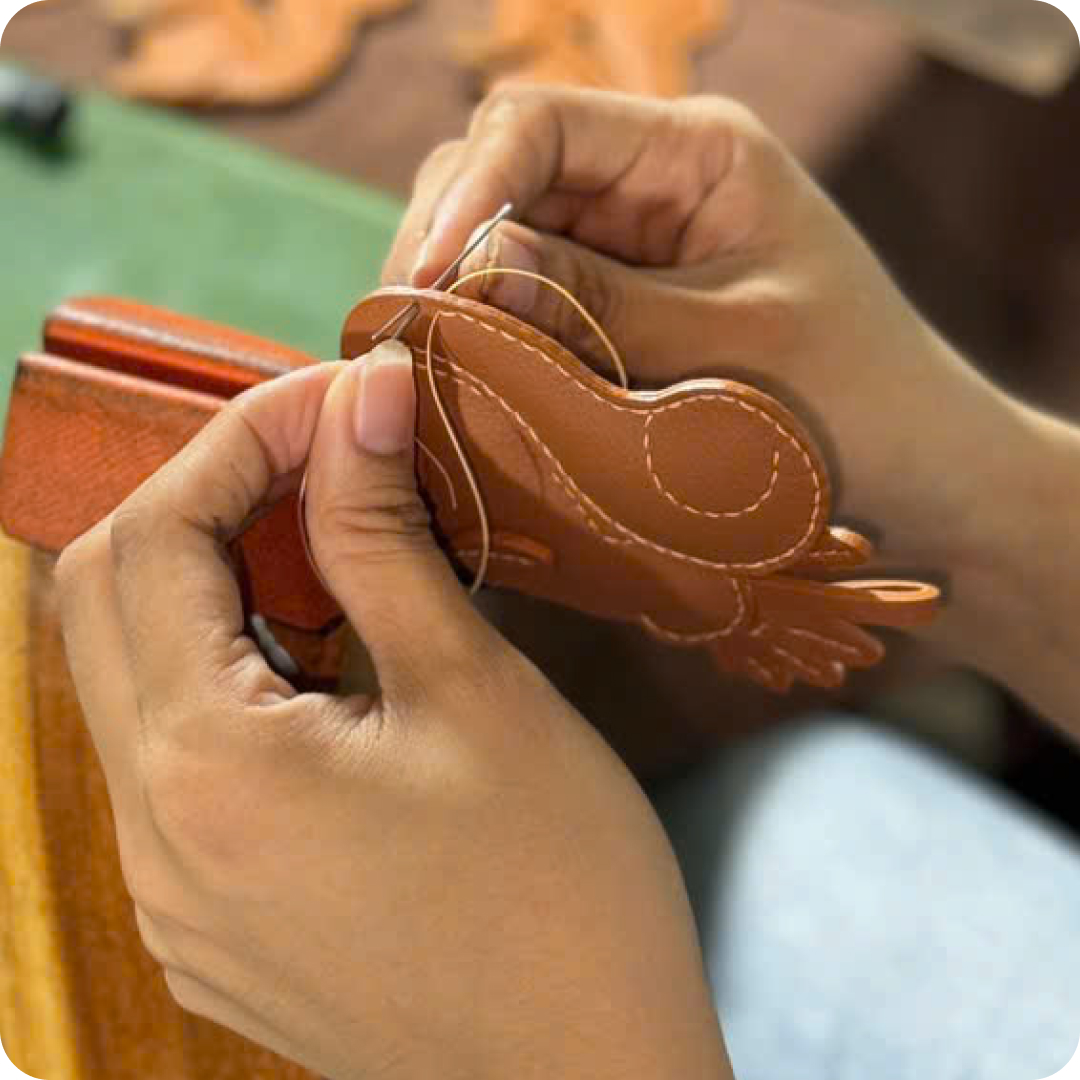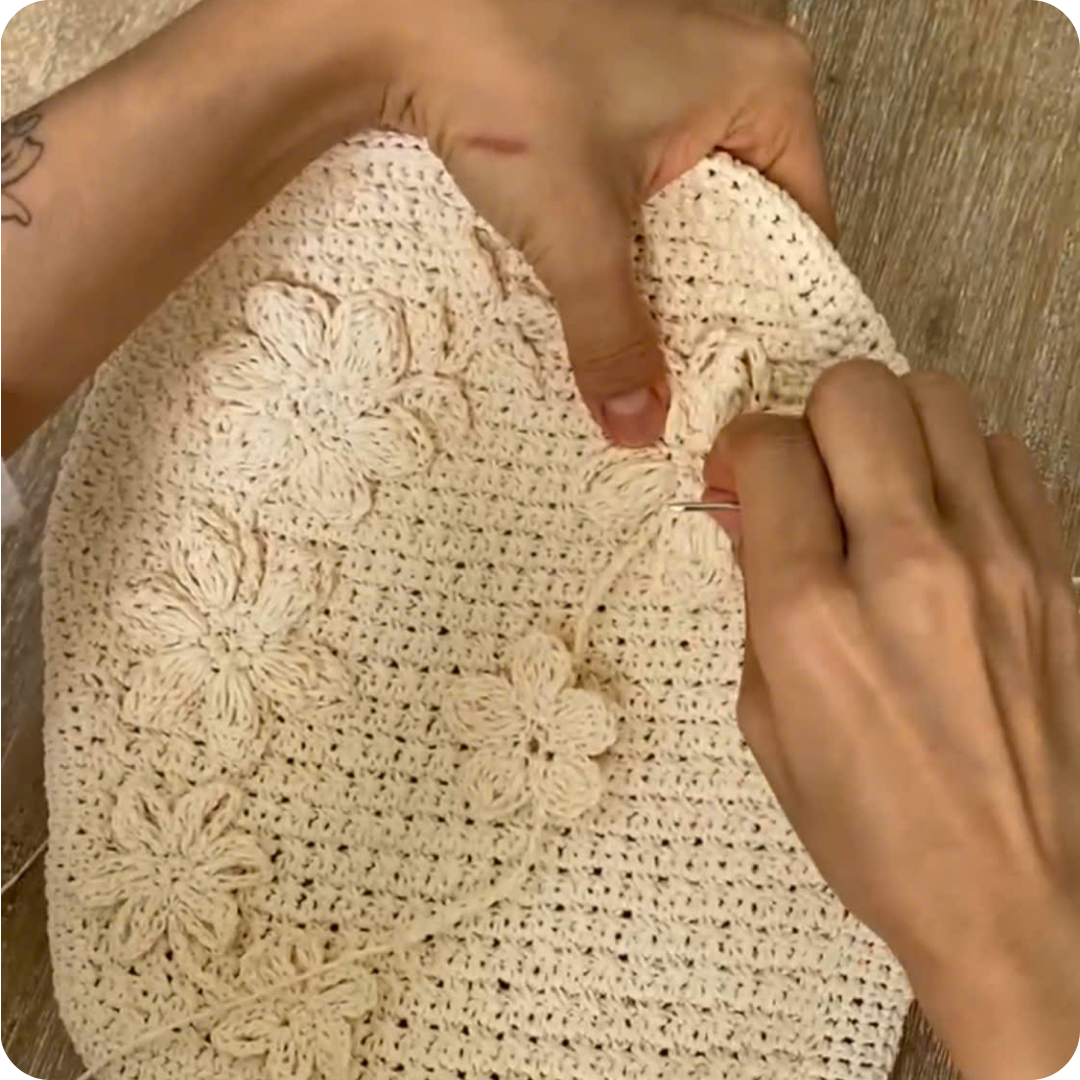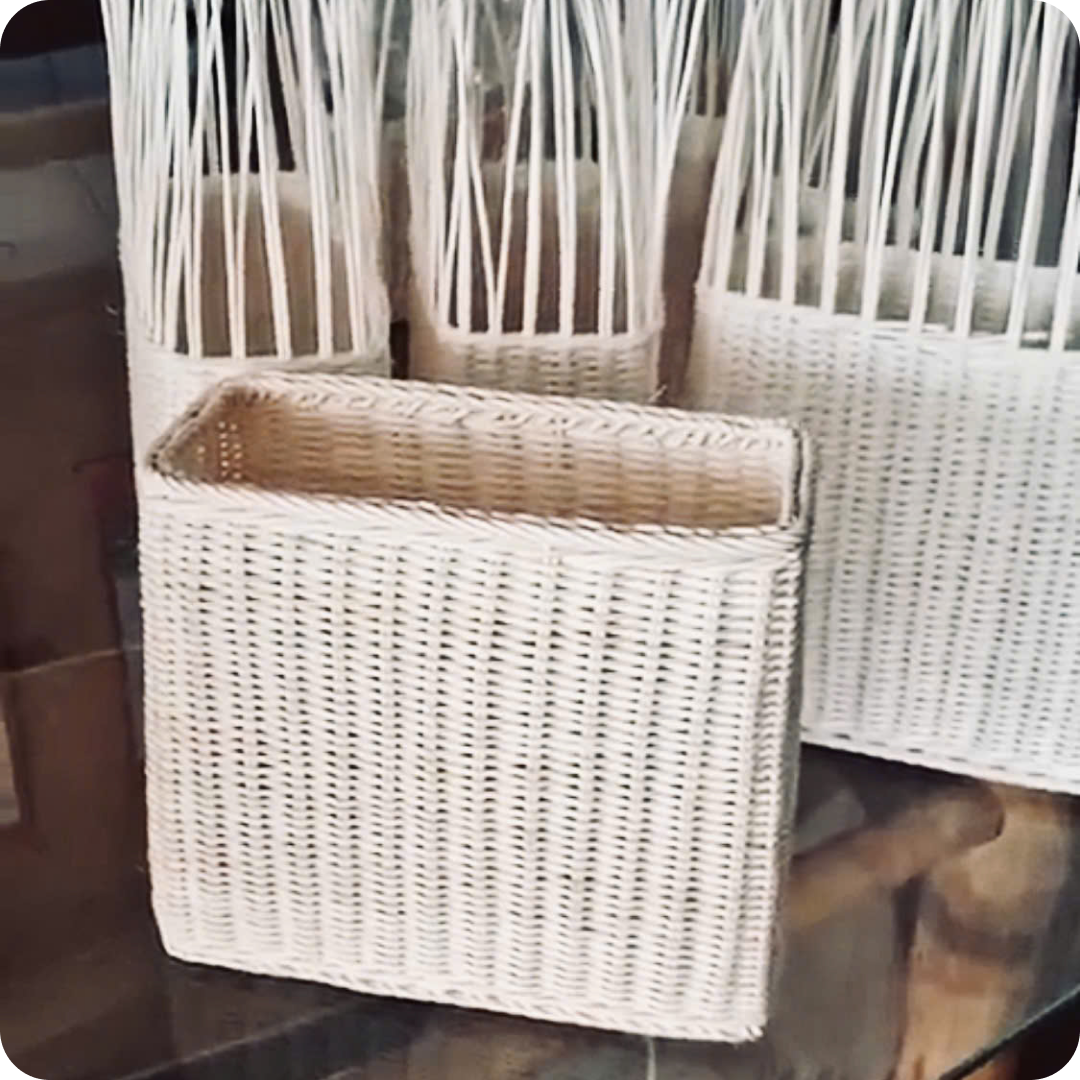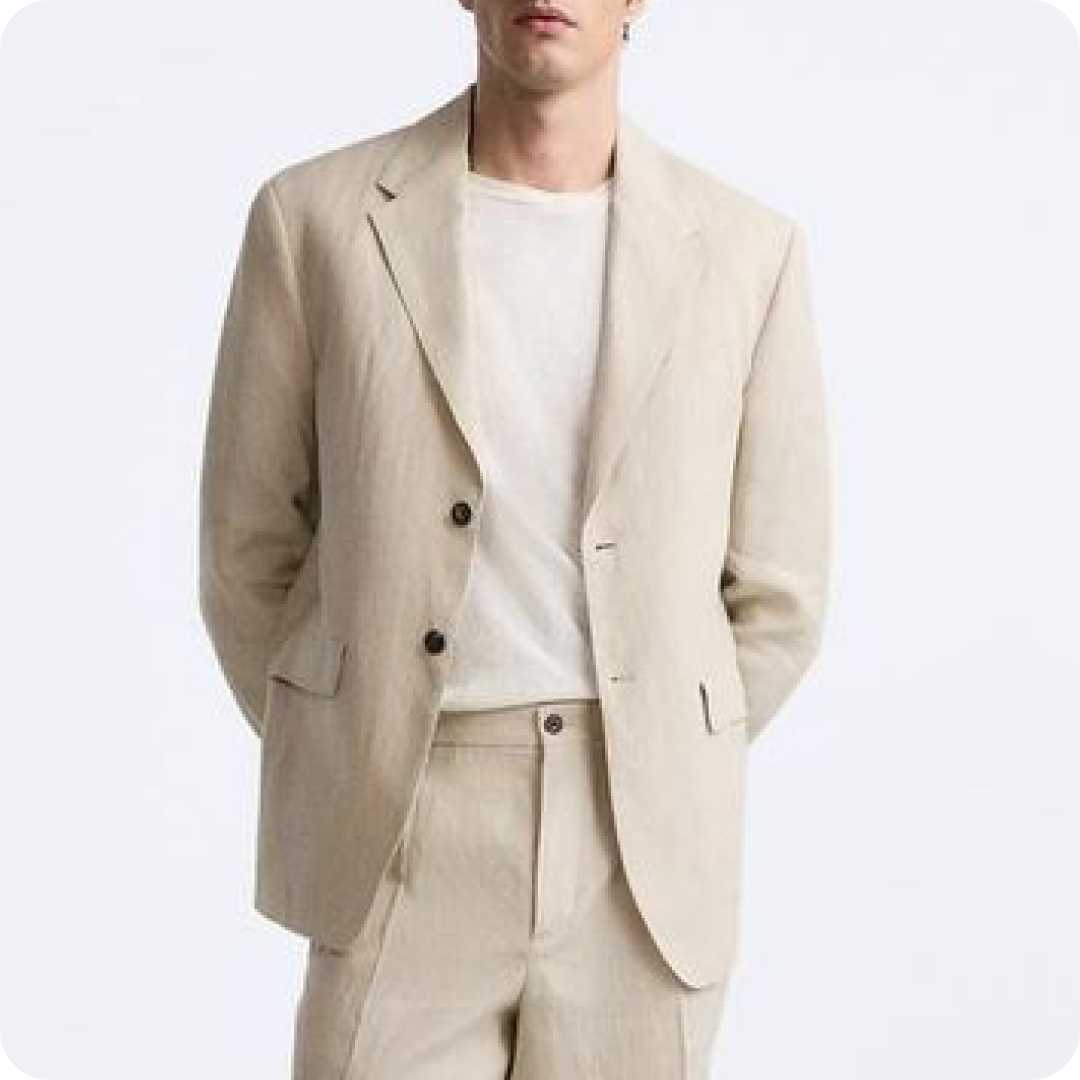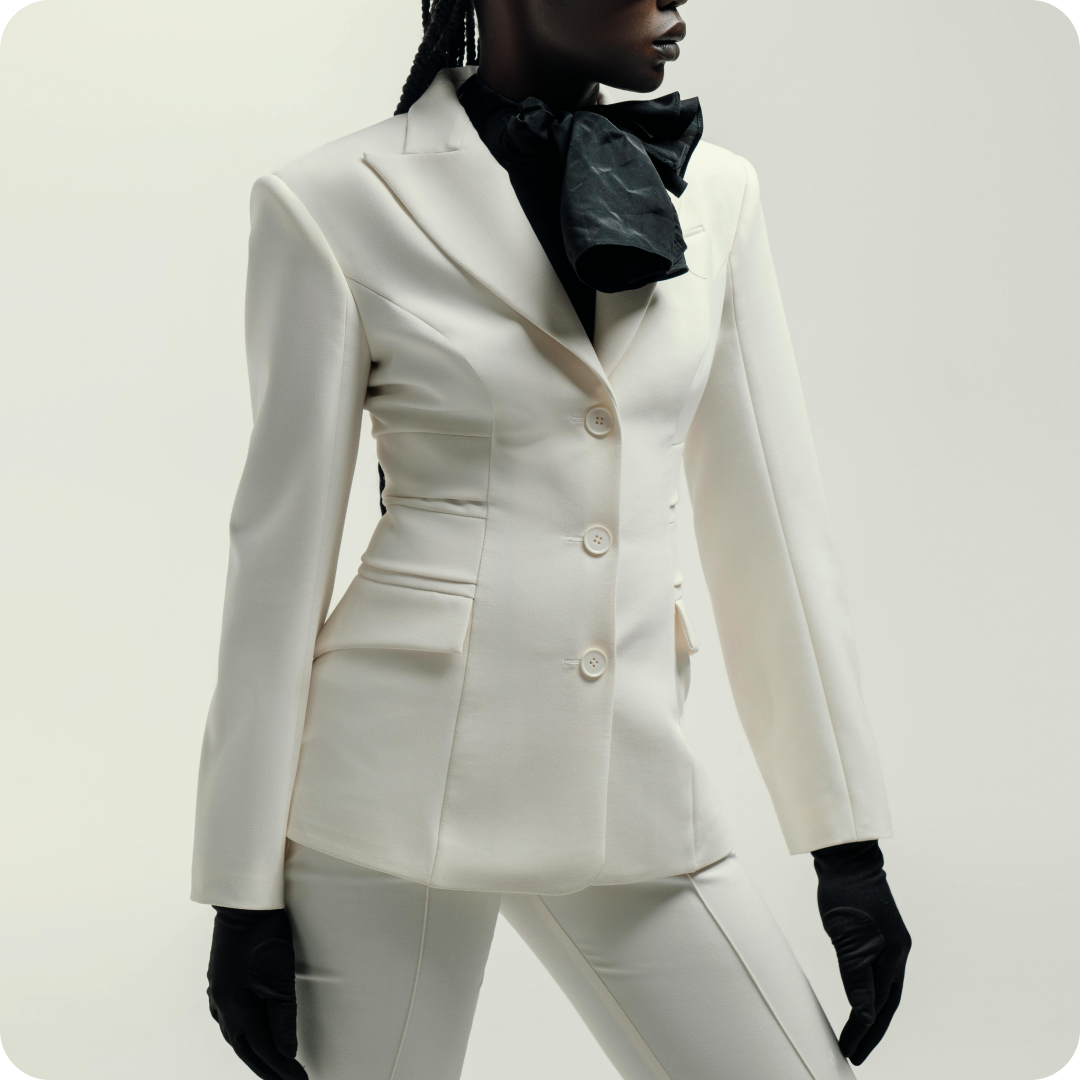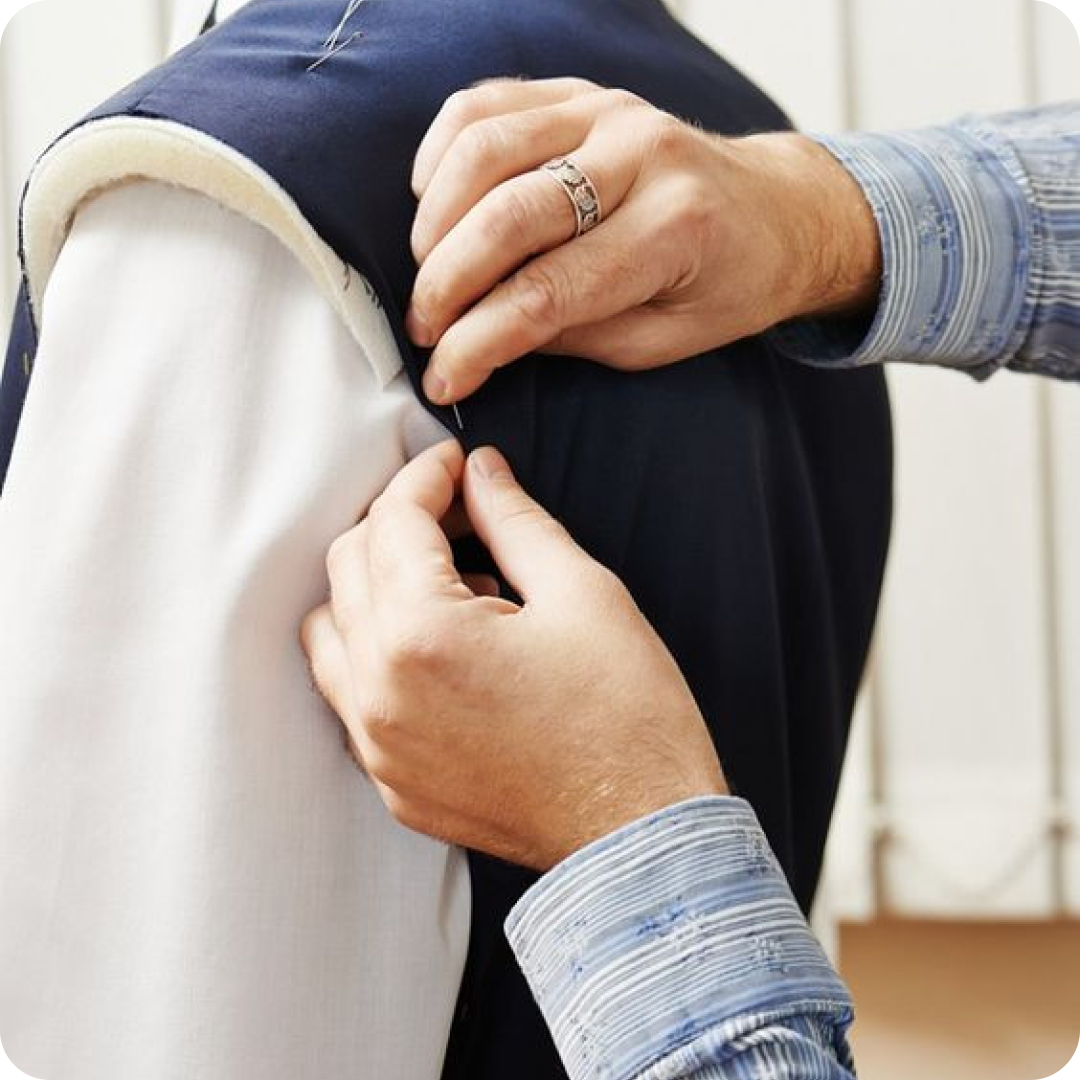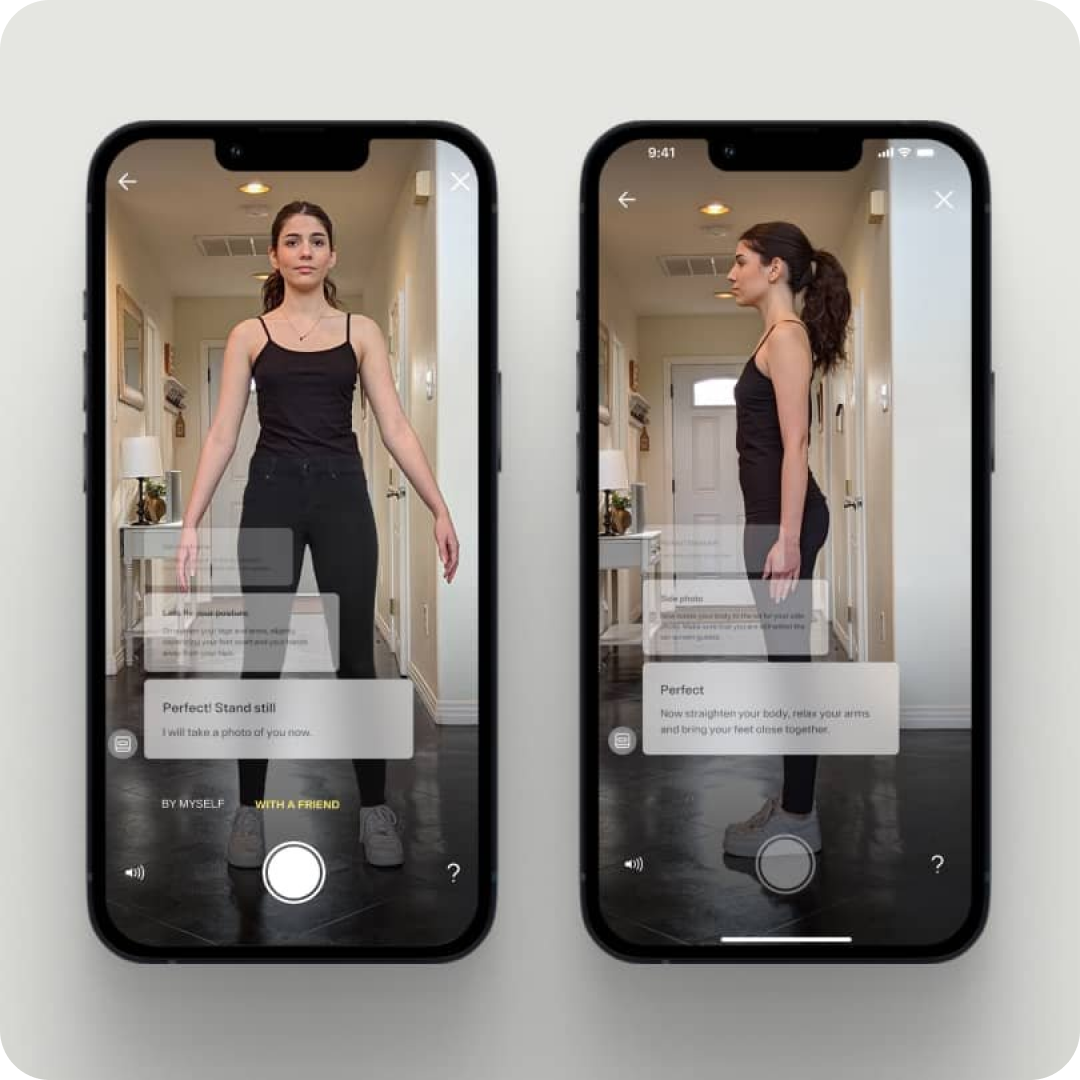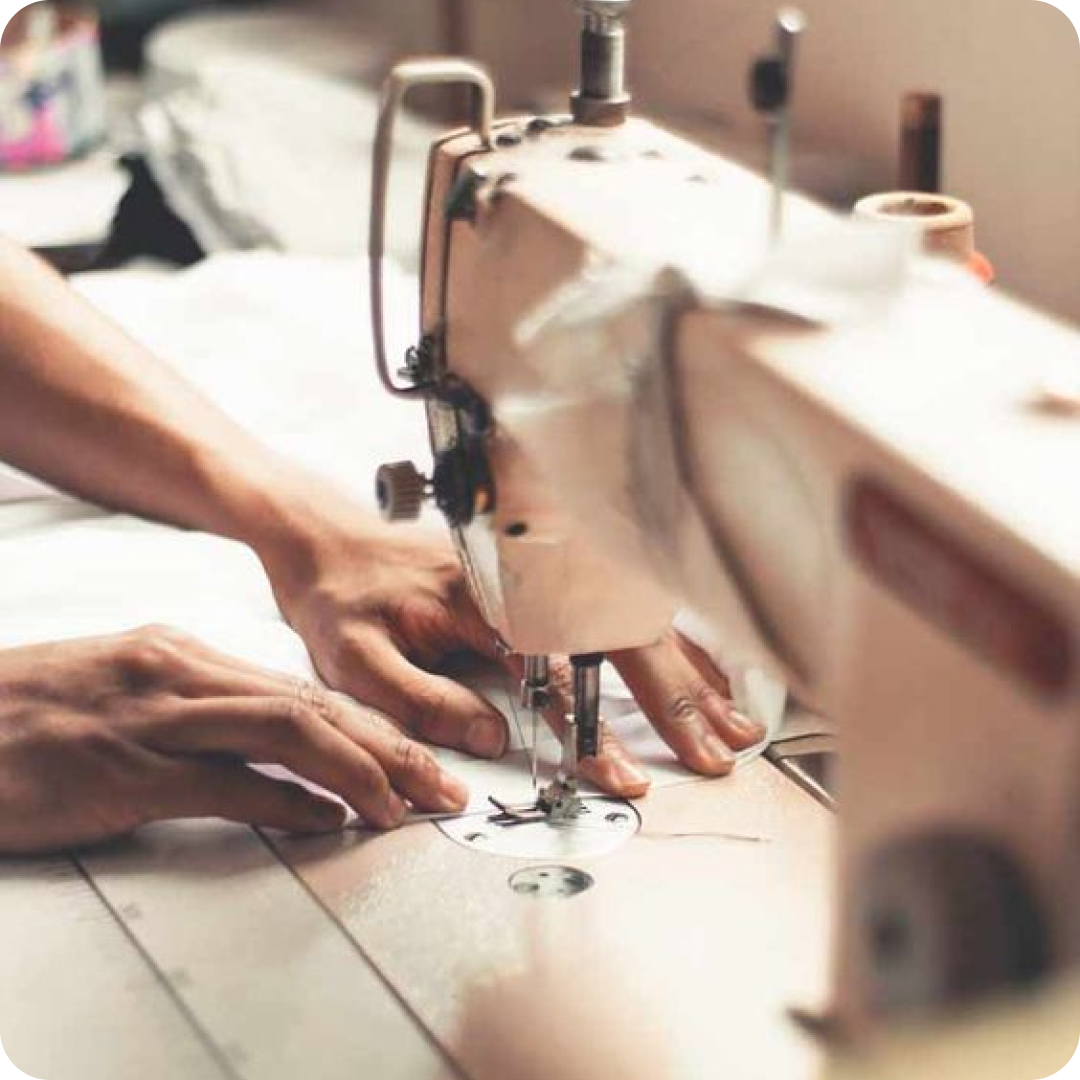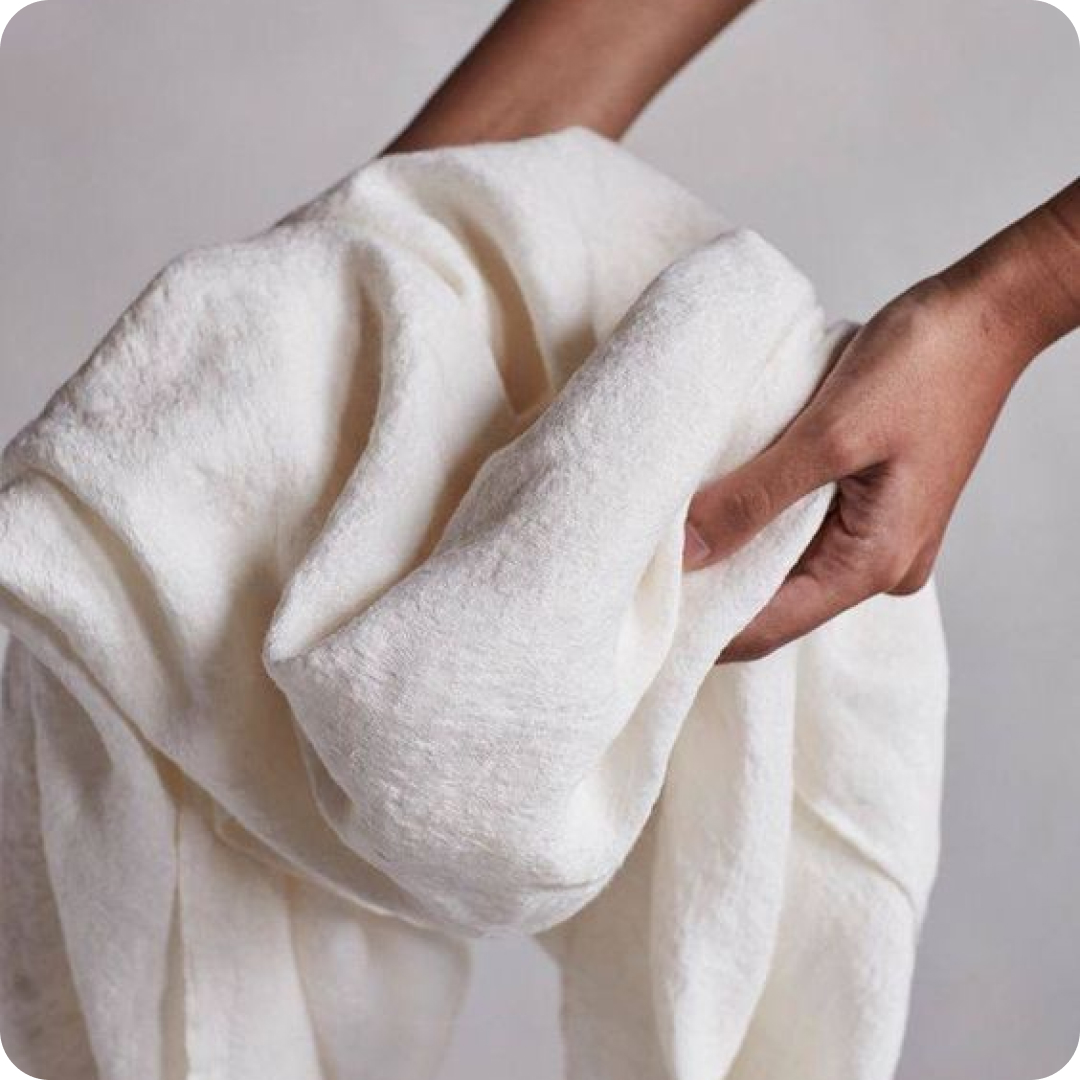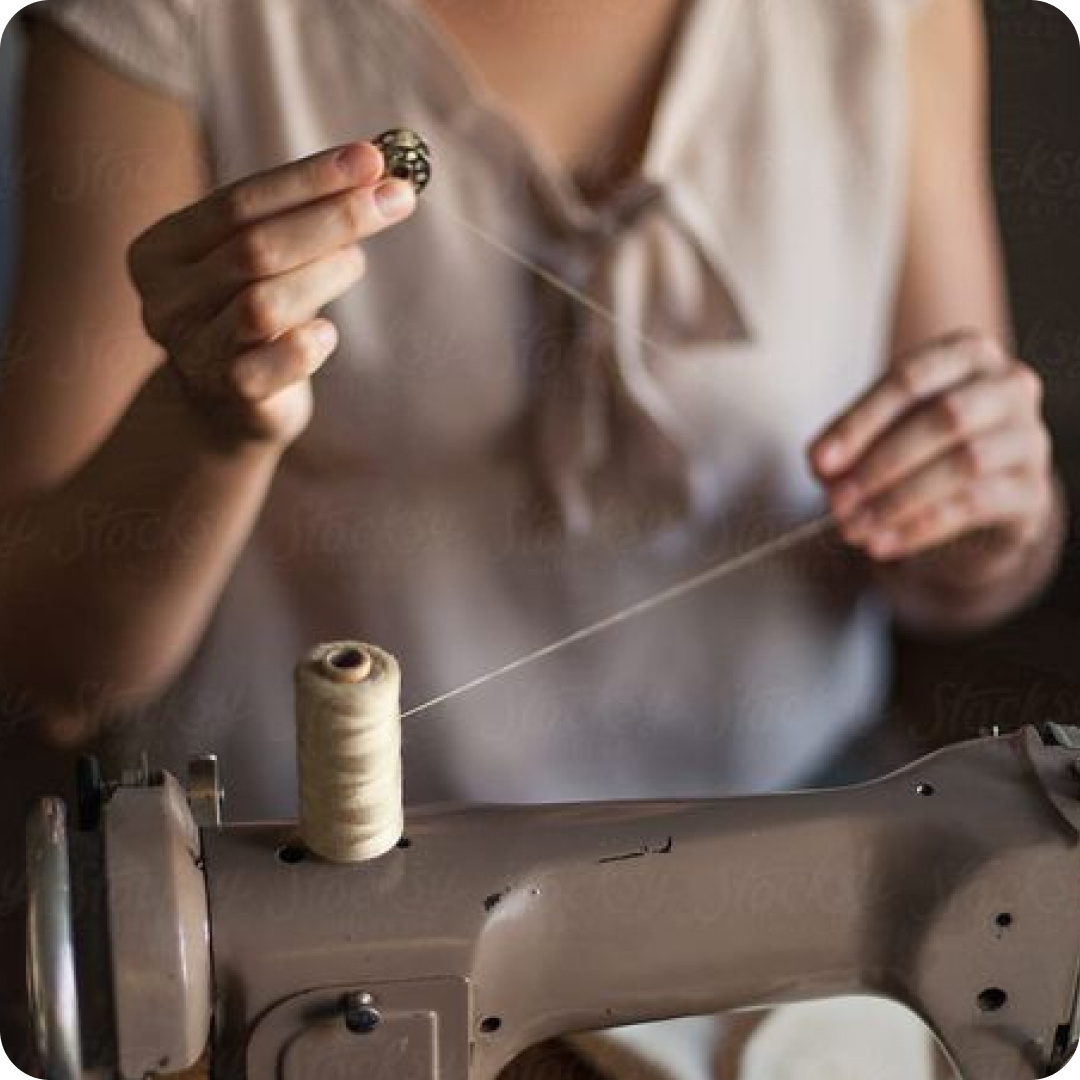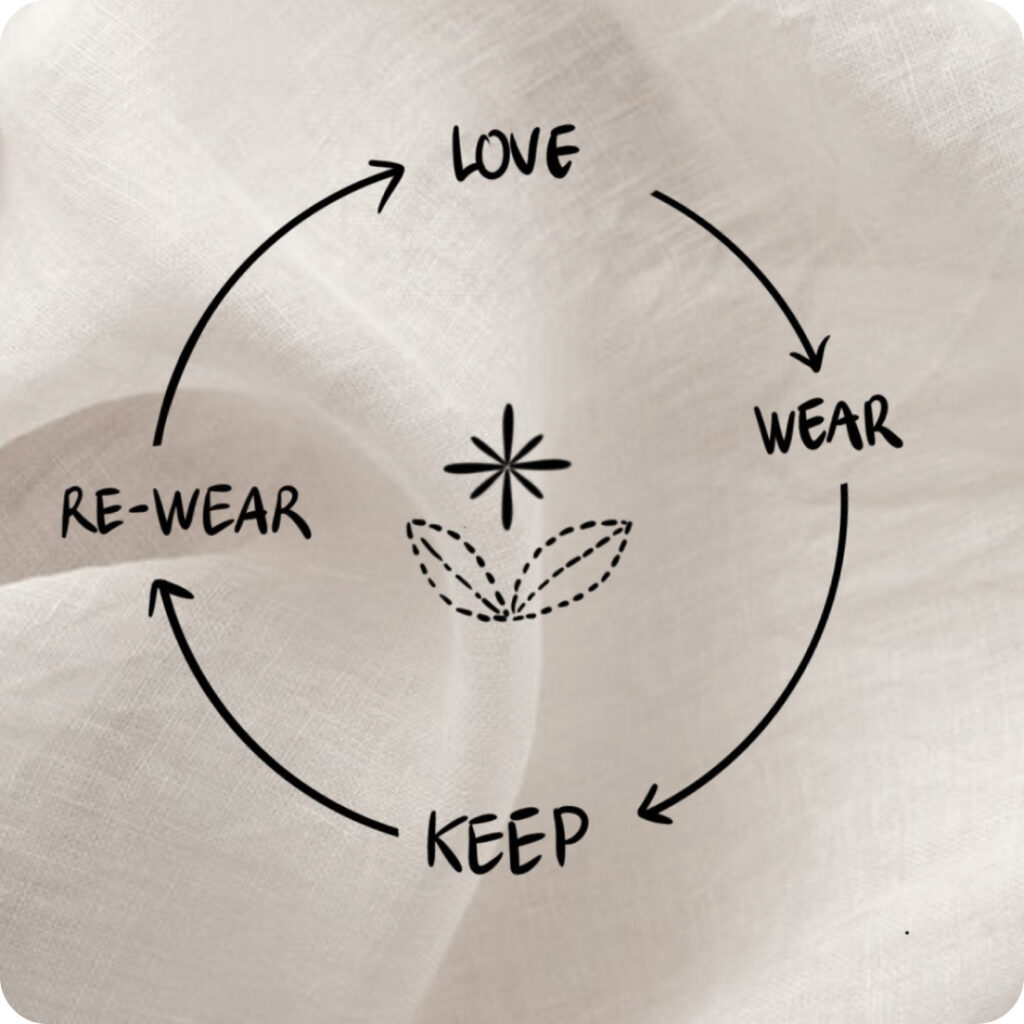The Evolution of Bespoke Tailored Suits Over Time
Bespoke tailoring has long been synonymous with craftsmanship, individuality, and timeless style. From its roots in traditional tailoring houses to its integration into modern fashion trends, the journey of bespoke tailored suits is a story of adaptation, innovation, and enduring appeal. This article explores how bespoke garments have evolved over time, embracing new trends, technologies, and preferences to remain relevant in a rapidly changing world.
1. The Roots of Bespoke Tailored Suits
The concept of bespoke tailoring originated in 17th-century England, where wealthy patrons commissioned unique garments crafted to their precise measurements and preferences. The term “bespoke” itself comes from the verb “to bespeak,” meaning to order or arrange. Early bespoke garments, such as frock coats and waistcoats, were handcrafted by skilled artisans who prioritized fit and quality above all else.
These early tailors operated in a world where clothing signified social status and individuality. Every piece was a testament to the wearer’s taste and the tailor’s expertise. Over time, the industry grew, and tailoring houses like Savile Row in London became iconic destinations for bespoke custom clothing. These establishments set the gold standard for mens tailored suits, combining traditional methods with unmatched precision.

2. Milestones in Bespoke History
As society evolved, so did the art of bespoke suits. Key milestones shaped its trajectory:
- Industrial Revolution: The advent of mass production introduced ready-to-wear clothing, making fashion accessible to the broader public. Despite this, bespoke suits retained their allure for those seeking exclusivity and superior quality.
- The Golden Age of Hollywood: The mid-20th century saw an explosion of interest in tailored clothing, fueled by iconic figures like Cary Grant and Audrey Hepburn. Custom suits, bespoke blazers, and tailored dresses became symbols of elegance and sophistication.
- Emergence of Women’s Tailoring: Traditionally focused on men, custom suits gradually expanded to include bespoke for women. Designers began crafting tailored suits, dresses, and jackets that celebrated women’s individuality and empowered them professionally and socially.
- Technology Integration: The 21st century brought revolutionary advancements in tailoring. 3D body scanning, digital pattern-making, and online consultations transformed how customers interact with their bespoke tailor, making the process more efficient and accessible.
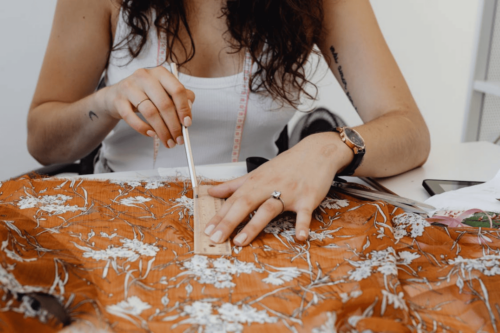
3. Adapting to Modern Preferences
Today’s bespoke tailoring reflects a blend of tradition and innovation, adapting to modern lifestyles and diverse preferences. Key trends driving this evolution include:
3.1. Gender-Inclusive Designs
Modern bespoke garment celebrates inclusivity, offering designs that transcend traditional gender norms. Tailors craft garments that cater to individual preferences rather than adhering to predefined categories. For example, bespoke for women now include androgynous suits and custom tuxedos, while men’s designs incorporate softer silhouettes and unconventional fabrics.
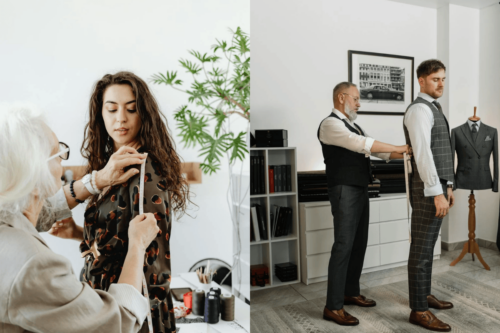
3.2. Sustainability and Eco-Friendly Practices
With growing awareness of environmental impact, bespoke tailoring has embraced sustainable practices. Many tailors prioritize ethically sourced materials, reduce waste through precise measurements, and offer repair services to extend the life of garments. Custom-made mens tailored suits not only minimize environmental impact but also align with the slow fashion movement, emphasizing quality over quantity.
3.3. Casualization of Bespoke Suits
The rise of remote work and changing dress codes have influenced the demand for versatile and casual bespoke clothing. Tailors now create custom made mens trousers and blazers that seamlessly transition between professional and leisure settings. Lightweight fabrics, relaxed fits, and contemporary styles ensure bespoke garments meet the needs of modern wardrobes.
4. Iconic Moments in Bespoke Tailored Suits
Bespoke tailoring has left an indelible mark on fashion history, with iconic pieces and moments that continue to inspire:
- James Bond Suits: The sharp, impeccably fitted suits worn by James Bond actors showcase the timeless appeal of bespoke tailored suits. These garments symbolize confidence, style, and sophistication, becoming a benchmark for classic elegance in cinema. From Sean Connery’s first tuxedo to Daniel Craig’s modern interpretations, each suit highlights the enduring relevance of bespoke craftsmanship.
- Princess Diana’s Power Suits: Diana’s tailored blazers and suits redefined women’s fashion, blending traditional tailoring with contemporary elegance. Her ability to use bespoke for women to make bold, empowering statements set a new standard for professional and formal attire, inspiring countless designers and wearers.
- David Beckham’s Red Carpet Looks: Beckham’s modern approach to bespoke garments-mixing classic designs with bold details—illustrates the versatility of custom-made garments. His appearances in perfectly fitted bespoke blazers and trousers exemplify how tailored pieces can bridge tradition and modernity, offering inspiration for both formal and casual styling.
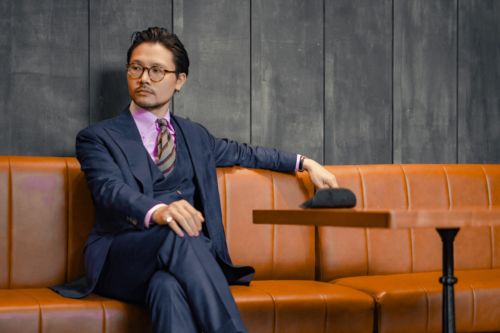
5. The Role of Technology in Bespoke Custom Clothing
Technological advancements have revolutionized custom suits, bridging the gap between tradition and innovation. Some notable developments include:
- 3D Body Scanning: This technology captures precise measurements, ensuring a flawless fit while reducing the number of fittings required. Customers benefit from the efficiency of this innovation, especially when time is of the essence.
- Digital Pattern Design: Tailors use advanced software to create and adjust patterns, streamlining the production process while maintaining accuracy. This allows for quicker iterations and enables tailors to accommodate client requests seamlessly.
- Virtual Consultations: Customers can now connect with bespoke tailors online, discussing designs and fabrics without needing to visit in person. This development has opened the world of custom tailoring to a global audience, making it possible for anyone to access quality craftsmanship regardless of location.
These innovations make custom suits more accessible to a broader audience while preserving the artistry and attention to detail that defines the craft.
6. Why Bespoke Tailoring Remains Relevant
Despite the rise of fast fashion, the bespoke suit continues to thrive. Its enduring appeal lies in its ability to adapt to changing times while maintaining its core principles of quality, fit, and individuality. Whether it’s a bespoke blazer for a corporate event or a pair of custom made mens trousers for everyday wear, bespoke garments offer unmatched personalization and durability.
Moreover, the experience of working with a bespoke tailor—selecting fabrics, discussing designs, and witnessing the creation of a unique piece—is inherently rewarding. It’s a celebration of craftsmanship and a statement of self-expression.
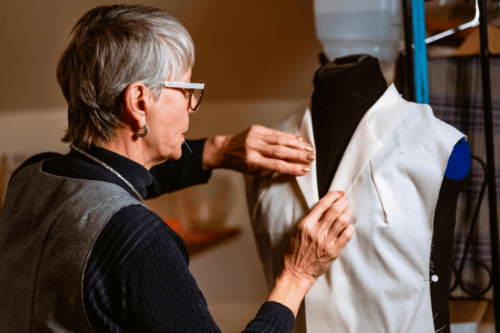
7. Conclusion: The Future of Bespoke Tailored Suits
The evolution of bespoke tailored suits highlights the resilience and creativity of the fashion industry. By embracing trends like gender inclusivity, sustainability, and technological innovation, this craft has secured its place in the future of style. Whether you’re drawn to the heritage of traditional methods or the possibilities offered by modern advancements, custom designs remain a timeless choice for those who value quality and individuality.
As we move forward, the fusion of tradition and innovation will continue to define the art of custom bespoke suits, ensuring it adapts to the needs and desires of new generations. From iconic suits to groundbreaking designs, custom tailoring is more than clothing—it’s a legacy of style and craftsmanship.

